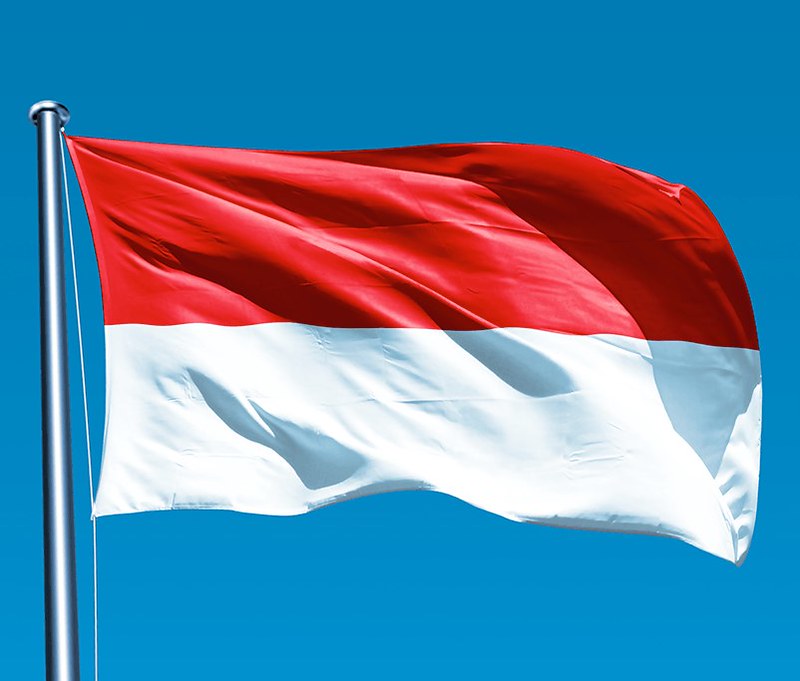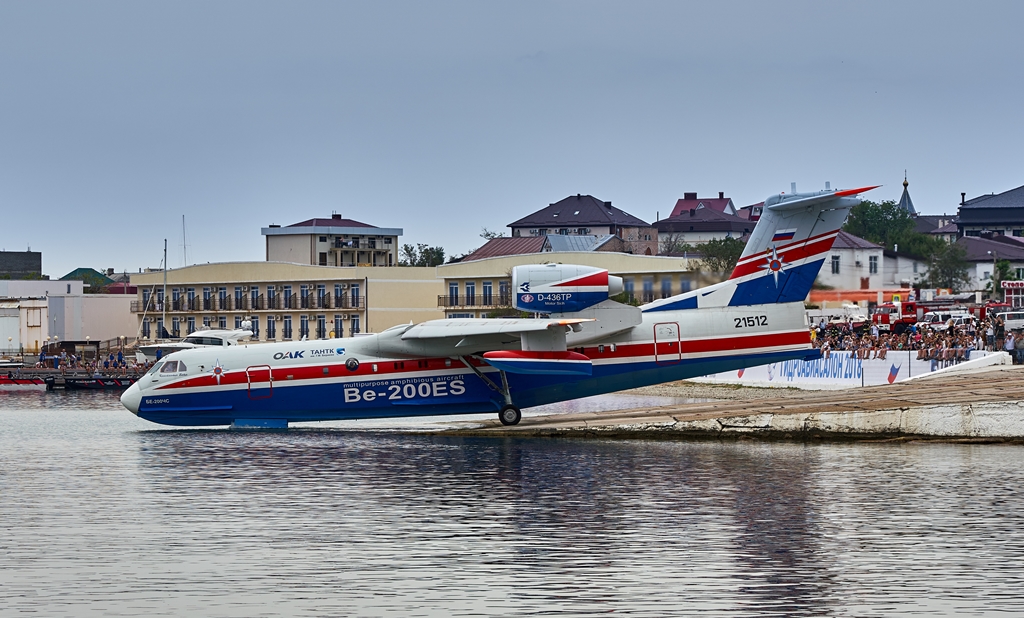In Indonesia, a country with five major islands and 30 smaller groups of islands, aviation serves a critical role, transporting people and goods domestically, regionally and internationally. To keep pace with the exponential growth in the country prior to COVID-19, AirNav Indonesia and the Ministry of Transport (MoT) implemented the Indonesian Modernisation of Air Navigation Services (IMANS) programme to improve air traffic and navigational services to ensure they are on par with international requirements.

Indonesia Facts
- The Republic of Indonesia is the world’s largest island country, with more than 17,000 islands. It is an area that covers 1,904,569 square kilometres (735,358 square miles), the 14th largest by land area and the 7th largest in combined sea and land area in the world. This distance extends 5,120 kilometres (3,181 miles) from east to west and 1,760 kilometres (1,094 miles) from north to South.
- Population: 267,670,543 according to 2018 estimates. It is the world’s fourth most populous country, with a Muslim-majority.
- The distance from Aceh in the West and Papua in the East spans 4,000km (2500 miles), is comparable to the distance between New York City and San Francisco.
- The climate in Indonesia is tropical with temperatures that tend to remain constant because of the warm waters and close proximity to the equator. It has a wet (November to April) and dry (May to October) season.
- The main agricultural products include rice, coconuts, soybeans, bananas, coffee, tea, palm, rubber, sugarcane.
- Principal industries include fishing, petroleum, timber, paper products, cotton cloth, tourism, petroleum mining, natural gas, auxite, coal and tin.
- According to IATA’s October 2018 forecasts, Indonesia was one of the fastest-growing air travel markets, and would be the fourth-largest air travel market in the world by 2030.
- The country has 674 registered airports with 3,600+ daily movements recorded by Jakarta/Ujung Pandang FIRs (as reported by ICAO in August 2018). There are 200 domestic and 61 commercial airlines operating to/from these airports daily utilizing 524 aircraft. Indonesia is the biggest aviation market in the ASEAN group of nations and is considering opening five new airports.
Because of its unique geography and accessibility challenges, Indonesia recognized the value of seaplane operations in improving safety and supporting a strong civil aviation sector that can promote and sustain social and economic progress through, as one example, responsible tourism, which is one of the major economic drivers.
Water Aerodromes
In addition to providing recreational access and evacuation in emergencies, seaplanes are the most ideal mode of transportation for States with geographical isolation. International provisions are required to further improve safety and encourage a strong civil aviation sector that can promote and sustain social and economic progress through responsible tourism, which is one example of the major economic drivers for Small Island Developing States (SIDS) and other States that depend heavily on water aerodrome operations.
At a global level, seaplanes are being utilized more frequently to support islands with larger aircraft that offer scheduled services. In more recent times seaplanes have been adopted for multi-purpose roles that include fire fighting in large inaccessible forests and ocean search and rescue. In Canada, the number of commercial flights originating from water aerodromes increased to more than 2,000 unregistered water aerodromes and there are more than 150 commercial floatplane operators that operate 450 registered aircraft. With an estimated 500,000 passengers travelling in Canada by scheduled seaplane flights each year, these figures highlight the need for specific requirements for water aerodromes.
As part of ICAO’s No Country Left Behind (NCLB) initiative, ICAO has an interest in supporting the 57 Small Island Developing States (SIDS). A strong civil aviation network promotes and sustains social and economic progress through responsible tourism, which is one of the major economic drivers in SIDS.
Given the magnitude of water aerodrome operations worldwide, many countries identified the growing global need for standardized regulations and procedures to certify water aerodromes for seaplane operations. That said, ICAO has not yet developed global standards related to the design, certification and operations of water aerodromes for seaplane operations.
ICAO’s 40th General Assembly
As part of an effort to provide guidance for the certification, operations, management, safety and reporting requirements of water aerodromes, Indonesia and Canada proposed a partnership to develop global provisions.
The 40th session of the Assembly requested the Council to review the existing SARPs related to aerodromes and to develop specific Standards and Recommended Practices to address the design, certification, management, safety and reporting requirements for water aerodromes operations.
International Maritime Organization
From a technical point of view, it was important that ICAO recognized the importance of including the International Maritime Organization (IMO) in the development process. Aircraft are considered vessels when operating on the water, under IMO provisions, and they are aircraft under ICAO provisions once they are airborne.
Indonesia is of the opinion that ICAO cannot address this area without the cooperation of a team of State aviation and maritime experts, working under the auspices of ICAO and IMO, to ensure harmonization.
The International Convention for the Safety of Life at Sea, signed in 1974, stipulates that IMO and ICAO have agreed that any craft capable of flying outside the influence of ground effect at an altitude of more than 150m, should be subjected to the rules and regulations of ICAO.
In this context, the use of radio communication indicated in Annex 10 — Aeronautical Telecommunications will be applicable in flight on the aviation frequency, and whilst on the water, these vessels will operate on a marine radiofrequency.

ICAO will need to address this issue at the highest level with IMO, working together with States, to address this matter as a matter of exigency. These two specialized UN Agencies has worked together before and an example is the current ICAO/IMO IAMSAR Agreement. Indonesia is looking forward to working closely under the leadership of ICAO with States, industry and other partners to make this a reality as envisaged by the 40th Assembly.
About the author
Dr. Afen Sena is a Transportation Attache and the Alternate Representative Indonesia to ICAO. He has served at operational and management levels in air traffic control, pilot services and training in Indonesia and has a Doctorate of Education (EdD) focused in Education Management from the State University of Jakarta.

